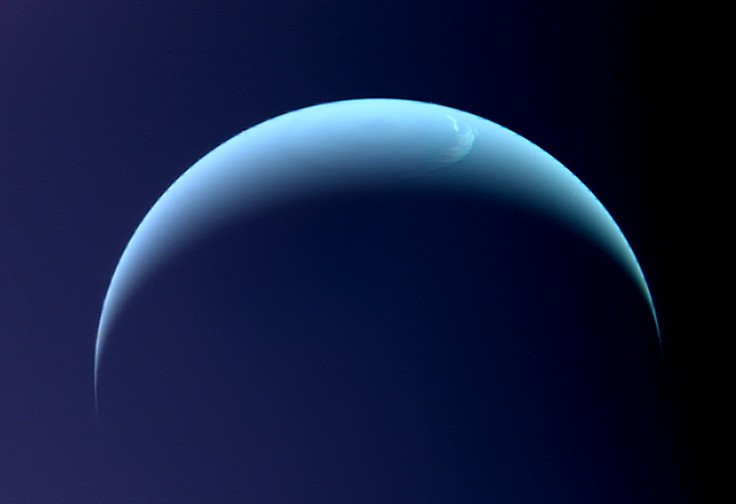Ready for another #SpaceSnap feature? Well, we sure are!
If you are encountering #SpaceSnap for the first time, it is a series that we do here in iTech Post that features the many brilliant photos taken of planets, moons, galaxies, and many other things found in space. For today's feature, we are focusing on one of the planets in the Solar System, Neptune.
Particularly, we will talk about a photo of the planet that was taken way back in 1989 that continues to inspire awe from those who look at it many, many years later.
Voyager 2 and Neptune

This photo of Neptune was taken by the Voyager 2's narrow angle camera on August 31, 1989, according to the National Aeronautics and Space Administration (NASA). A few days before this photo was taken, Voyager 2 made its closest flyby.
"Voyager 2's encounter with Neptune capped a 4.3 billion-mile (7 billion-kilometer) journey when, on Aug. 25, 1989, at 03:56 UT, it flew about 2,980 miles (4,800 kilometers) over the cloud tops of the giant planet, the closest of its four flybys," NASA says. As a result, Voyager 2 became the first man-made object to fly by the planet.
Voyager 2 also ended up discovering five moons and four rings belonging to Neptune.
Voyager 2
Launched on August 20, 1977 from Cape Canaveral in Florida, the Voyager 2's mission is to study the edges of the solar system. It has a twin spacecraft known as the Voyager 1.
It has made numerous discoveries through the years, including the discovery of Jupiter's 14th moon as well as the discovery of Uranus' two new rings and 10 new moons. As of press time, the spacecraft remains to be the only one to ever visit Uranus and Neptune.
In 2018, it was announced that the Voyager 2 has entered interstellar space, joining Voyager 1. Believe it or not, the Voyager 2 is still functioning and remains in contact with our planet 45 years after its launch.
Related Article : #SpaceSnap What This Photo Taken by the Voyager 2 Says About the Topography of Neptune's Largest Moon, Triton
Neptune
Neptune is one of the four planets that the Voyager 2 focused on, along with Jupiter, Saturn, and Uranus.
The eighth planet from the Sun, it is the farthest planet in the Solar System after Pluto was reclassified as a dwarf planet instead. This ice giant is the only planet in the Solar System that cannot be seen with the naked eye due to its distance.
Discovered in 1846, Neptune takes 165 Earth years to complete a full orbit around the Sun. A year on the planet is equivalent to 60,190 Earth days. However, it only takes 16 Earth hours for Neptune to complete a full rotation.
The planet has a total of 14 moons that are named after Greek sea gods and nymphs. It also has five main rings and four arc rings. It cannot support life the way Earth can.









